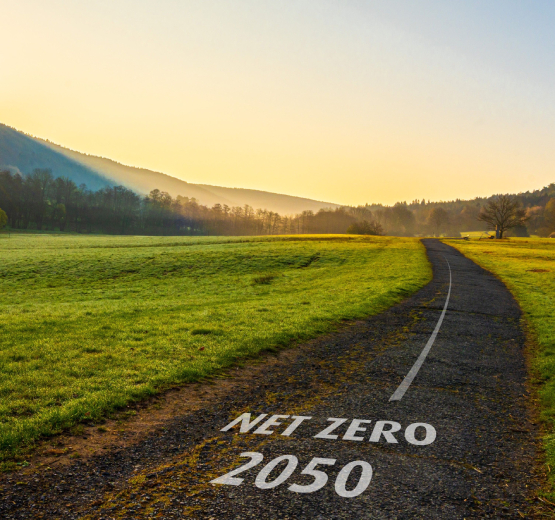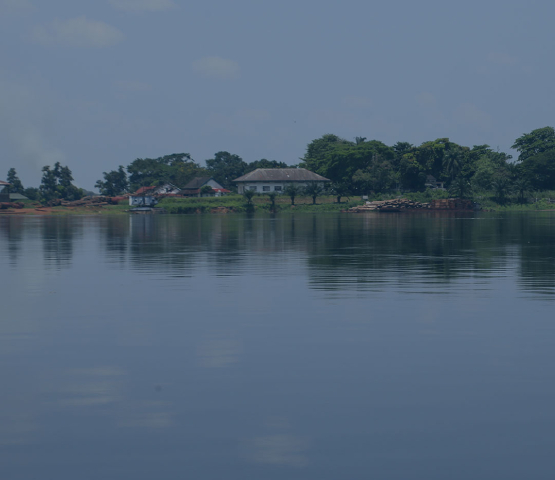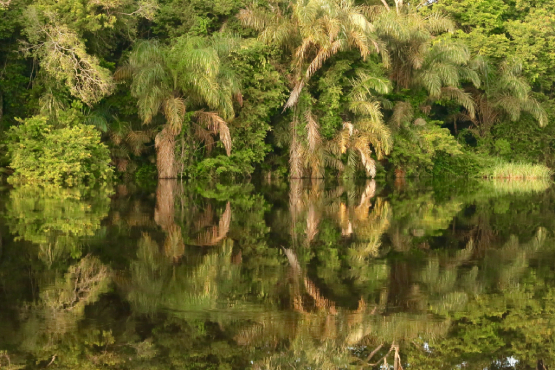
Financing a net-zero carbon future
Black River Finance is a key enabler in the end-to-end carbon value chain, financing a net-zero carbon future.
Black River Finance is at the heart of a fair-share carbon value chain as manager and actor in the financing, development and selling of carbon credits.
Our specificity is that we reinvest the money generated in meaningful and impactful projects chosen in a cooperative way with the local stakeholders - local communities and governments. Therefore, we structure and channel cash flows towards high impact environmental solutions such as renewable energy, biochar, agroecology, support of new ventures,...
In other words we are actors in:
- Carbon finance which is a branch of environmental finance that covers financial tools such as carbon emission trading to reduce the impact of greenhouse gases.
- Carbon financing which we define as using the revenues generated by carbon finance to issue financial instruments such as Green Bonds and Green Sukuk that finance other sustainable and impactful projects.
We call it the virtuous carbon circle.

